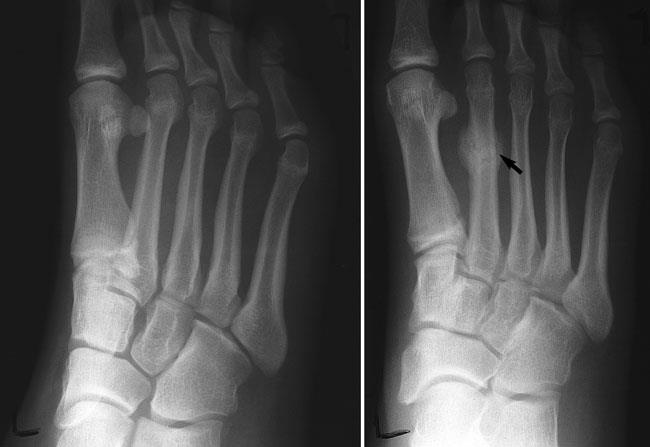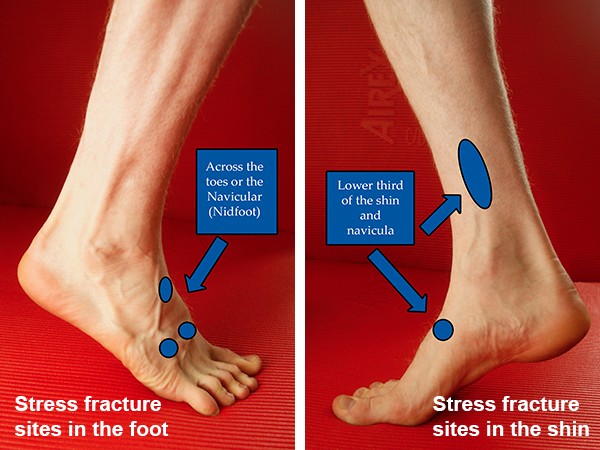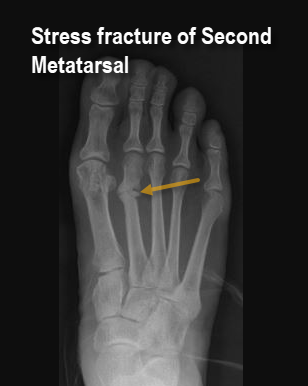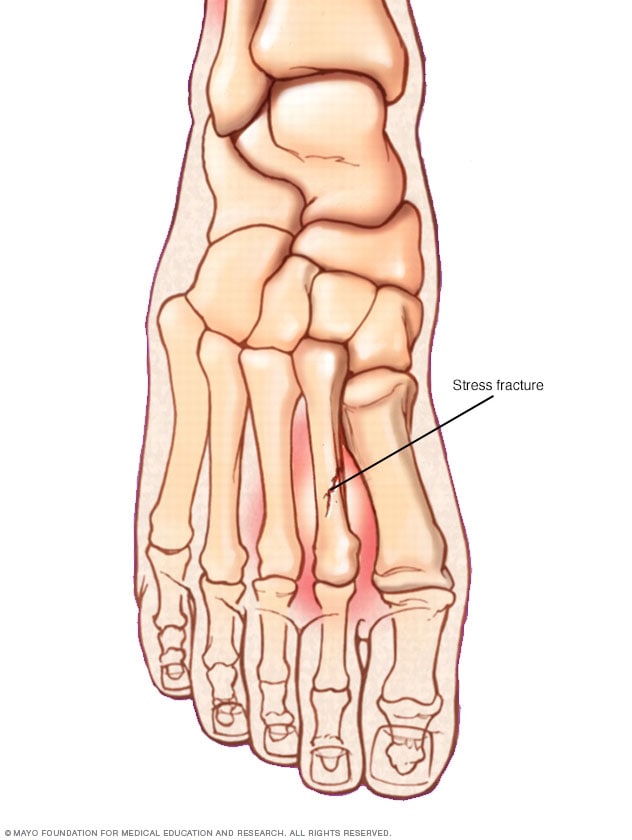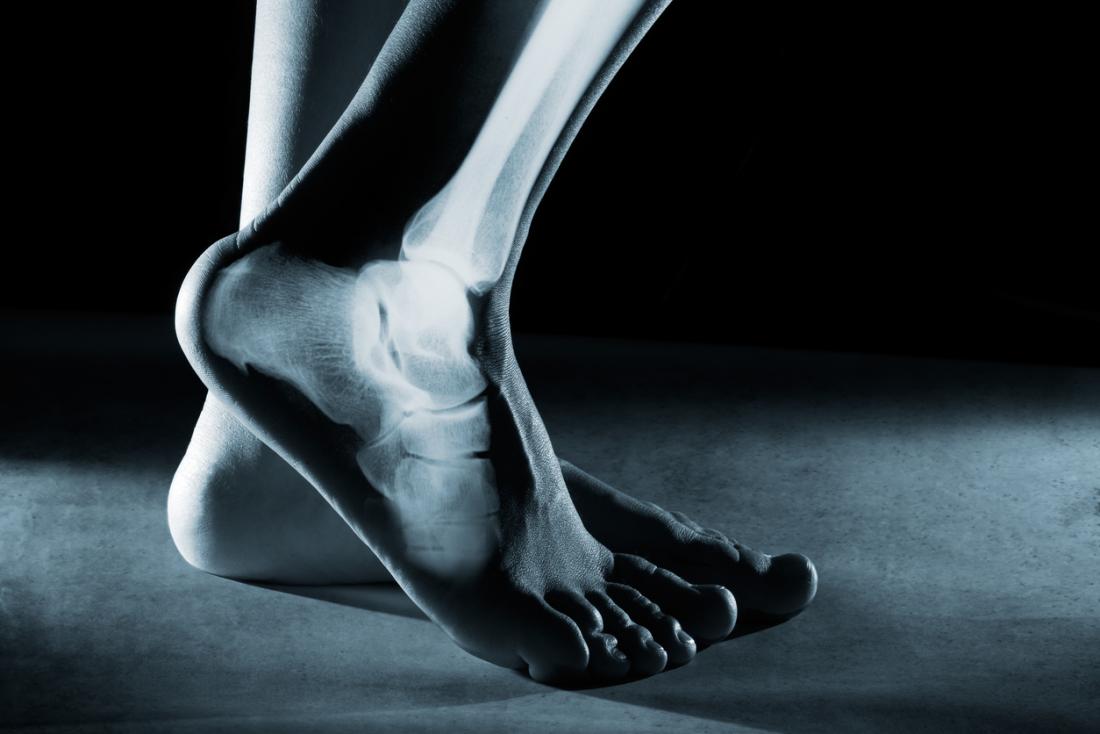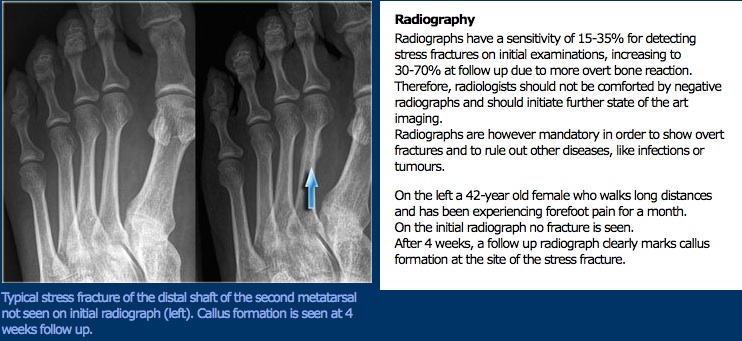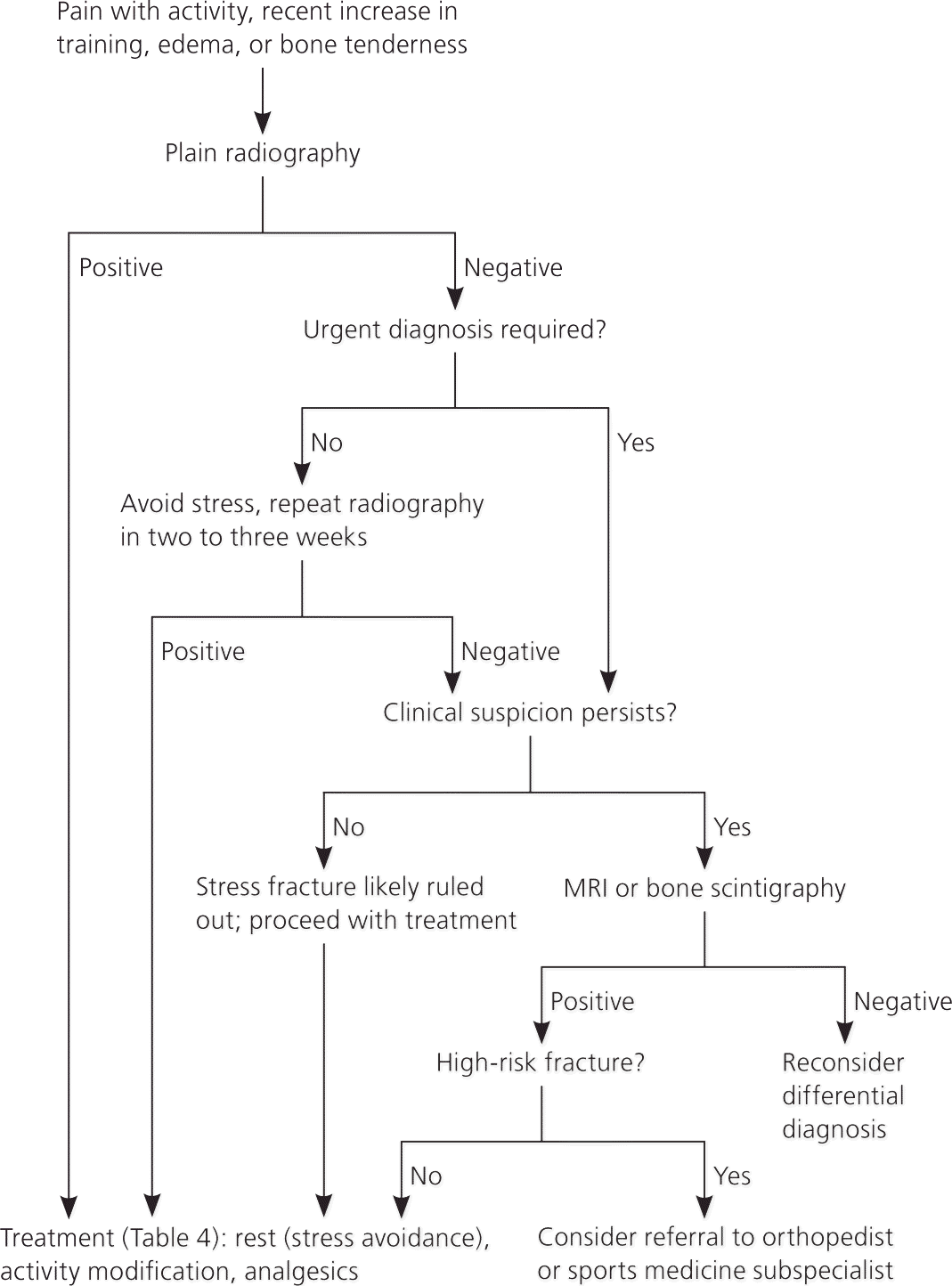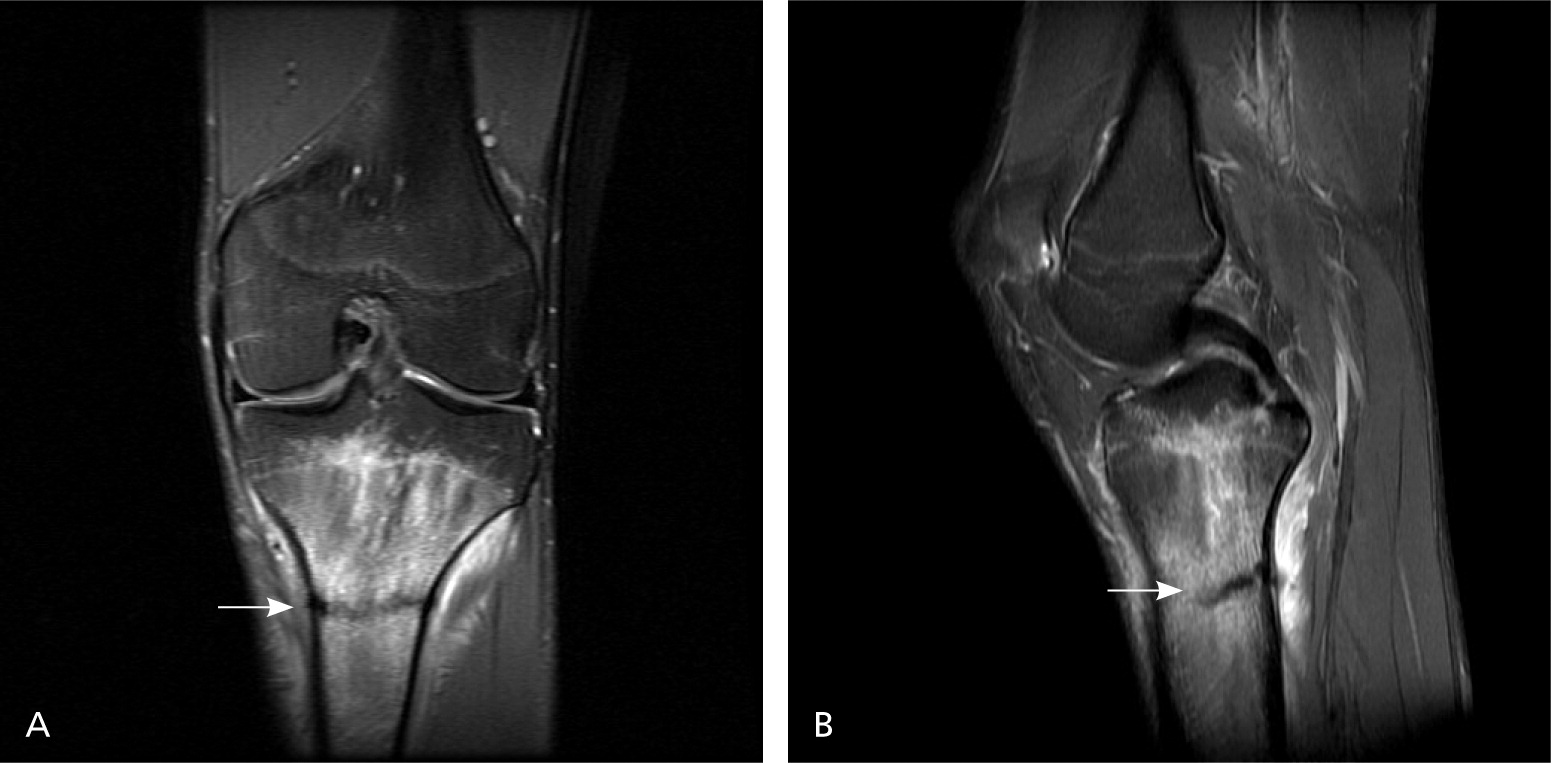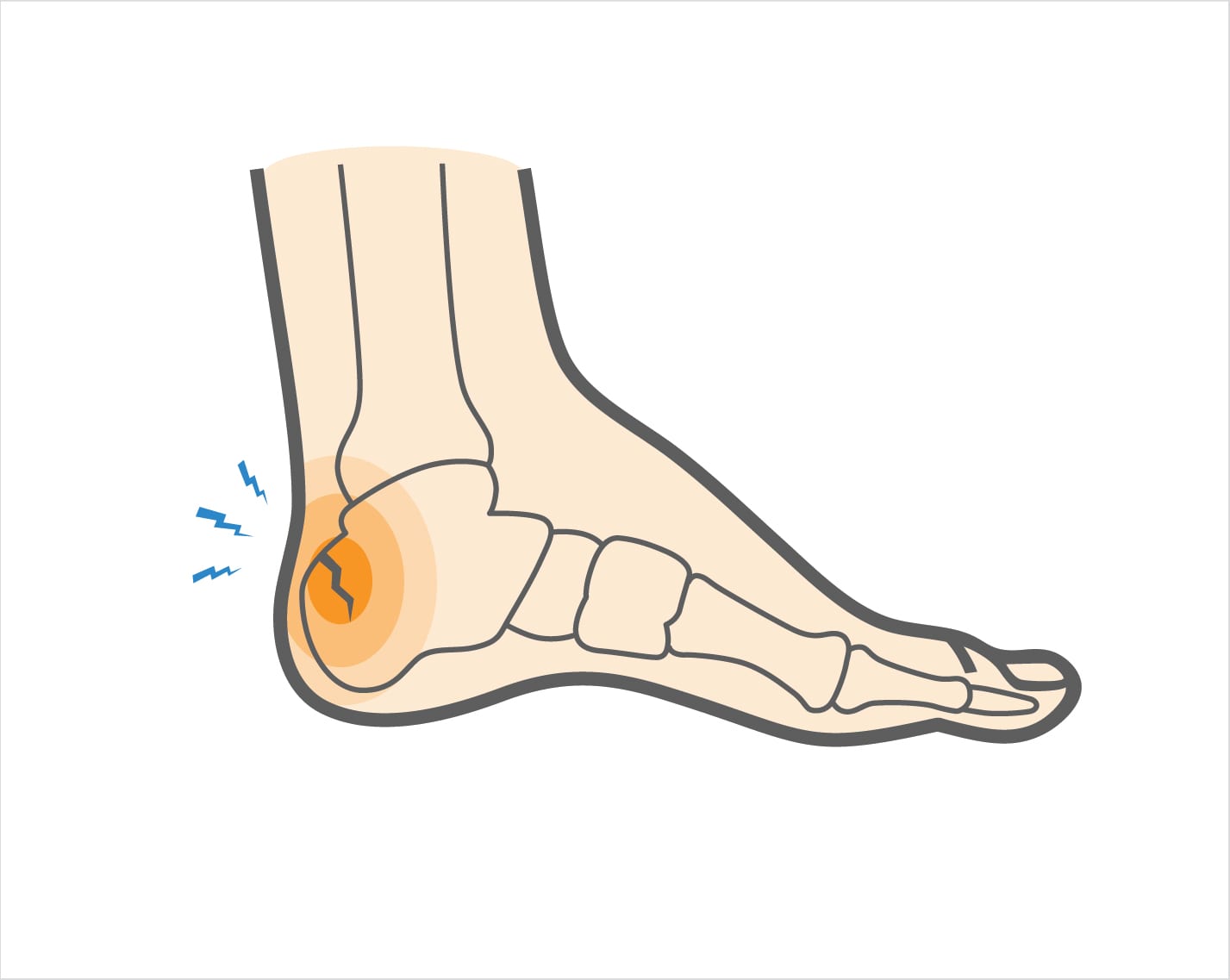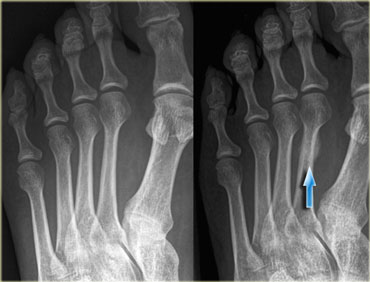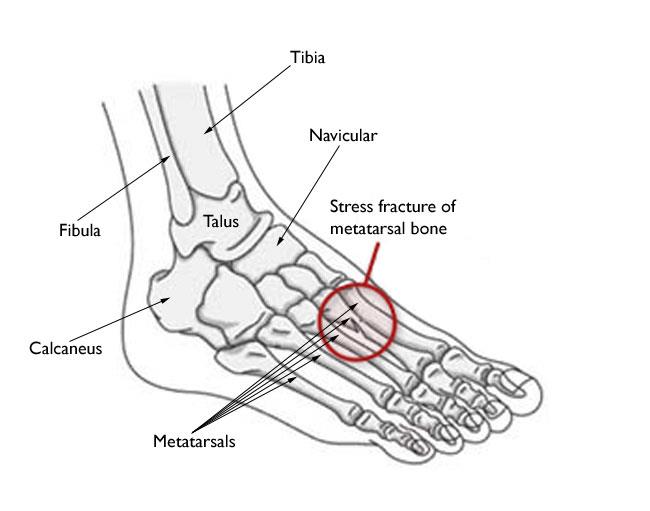Top Notch Info About How To Detect A Stress Fracture

It can happen in just about any bone, but is most common in the feet or the.
How to detect a stress fracture. Mri is the most sensitive modality for detecting stress fracture, and may also be useful for differentiating ligamentous/cartilaginous injury from a bony injury. Typically, pain is first noticed toward the. Pain is the most common symptom of a stress fracture of the tibia.
An mri is currently the gold standard for diagnosing a stress fracture. A stress fracture is a broken bone, an overuse injury. Doctors can sometimes diagnose a stress fracture from a medical history and a physical exam, but imaging tests are often needed.
This is largely due to the instrument’s ability to display both soft tissue and bone edema. A stress fracture can be tricky to diagnose. If you experience point tenderness—when a specific bone is sore to the touch—that could signal a stress fracture.
If you have a stress fracture you may also feel a particularly tender spot at the exact point of the stress fracture. Most stress fractures heal with relative rest and activity modification. If you suspect a stress fracture in your foot, performing what’s.
Many stress fractures will not be noticeable at their onset. Pain usually starts gradually, and becomes localized on a small area of the shin. Pain and tenderness in the area will be the main identifier of a stress fracture.
Jonesco explains the diagnosis and treatment of stress fractures, as well as way. You may even have swelling over the site of the fracture. Your gp or physiotherapist will take a thorough look at your history and after a number of clinical tests will be able to diagnose a stress fracture.
